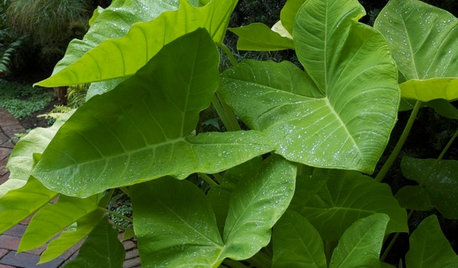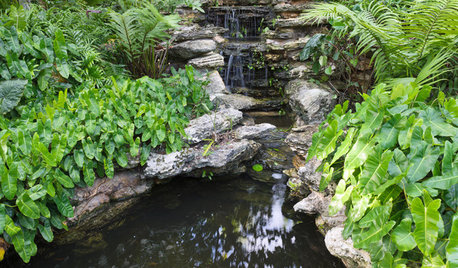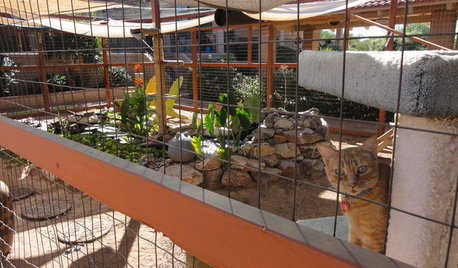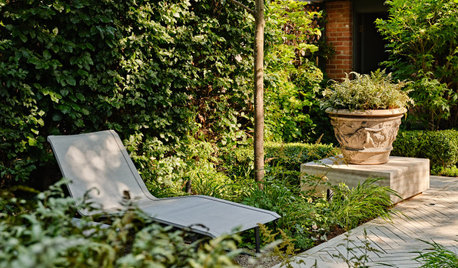Poi, taro, elephant ears, eating without dying
zippelk
17 years ago
Featured Answer
Comments (7)
zorba_the_greek
17 years agoRelated Professionals
San Juan Landscape Architects & Landscape Designers · Wake Forest Landscape Contractors · Barrington Landscape Contractors · Bedford Landscape Contractors · Bloomington Landscape Contractors · Lees Summit Landscape Contractors · New Baltimore Landscape Contractors · Parker Landscape Contractors · Vallejo Landscape Contractors · Whittier Landscape Contractors · Woodburn Landscape Contractors · Selma Landscape Contractors · Vadnais Heights Landscape Contractors · Tucson Carpenters · Agoura Siding & Exteriorshemnancy
17 years agozorba_the_greek
17 years agowtliftr
17 years agoalchemy_farms
17 years agosmeegee
17 years ago
Related Stories

GARDENING GUIDES7 Tropical Wonders of the Plant World
Go for high impact with the spectacular foliage, over-the-top florals or iconic profiles of these hand-picked tropical favorites
Full Story
GARDENING GUIDESHow I Learned to Be an Imperfect Gardener
Letting go can lead to a deeper level of gardening and a richer relationship with the landscape. Here's how one nature lover did it
Full Story
HOUSEPLANTS8 Essentials for Healthy Indoor Plants
Houseplants add so much to our homes — and can thrive when grown in the right conditions. Keep these tips in mind
Full Story
LANDSCAPE DESIGNRecipe for Tropical Edible Garden Style
Appeal to exotic good taste with fruit trees, palms and tropical look-alikes in your temperate-climate garden
Full Story
LIFE10 Ways to Honor and Remember a Departed Loved One at Home
Help the grieving process and keep beautiful memories alive with these thoughtful tributes
Full Story
PETSSee a Deluxe 'Catio' Built for Feline Fun
Sixteen lucky cats get the run of a protected outdoor patio with ramps, steps and even a koi pond
Full Story
MOST POPULAR5 Ways to Pare Down Your Stuff — Before It Gets in the Door
Want to free up some room around the house? Rethink gift giving, give yourself a shopping mantra and just say, ‘No, thank you’ to freebies
Full Story
LANDSCAPE DESIGNHow to Create a Beautiful Shade Garden
Turn the cool, shady spot in your garden into your own quiet oasis
Full Story
DECORATING GUIDES5 Decor Trends to Try — and 5 to Rethink
Some style trends are worth jumping onboard. Others you may want to let fade from your memory
Full Story
FUN HOUZZIn Praise of Silliness
These 16 distinctive spaces are seriously fun. See if any encourage your inner child to break free
Full Story





izzybelle